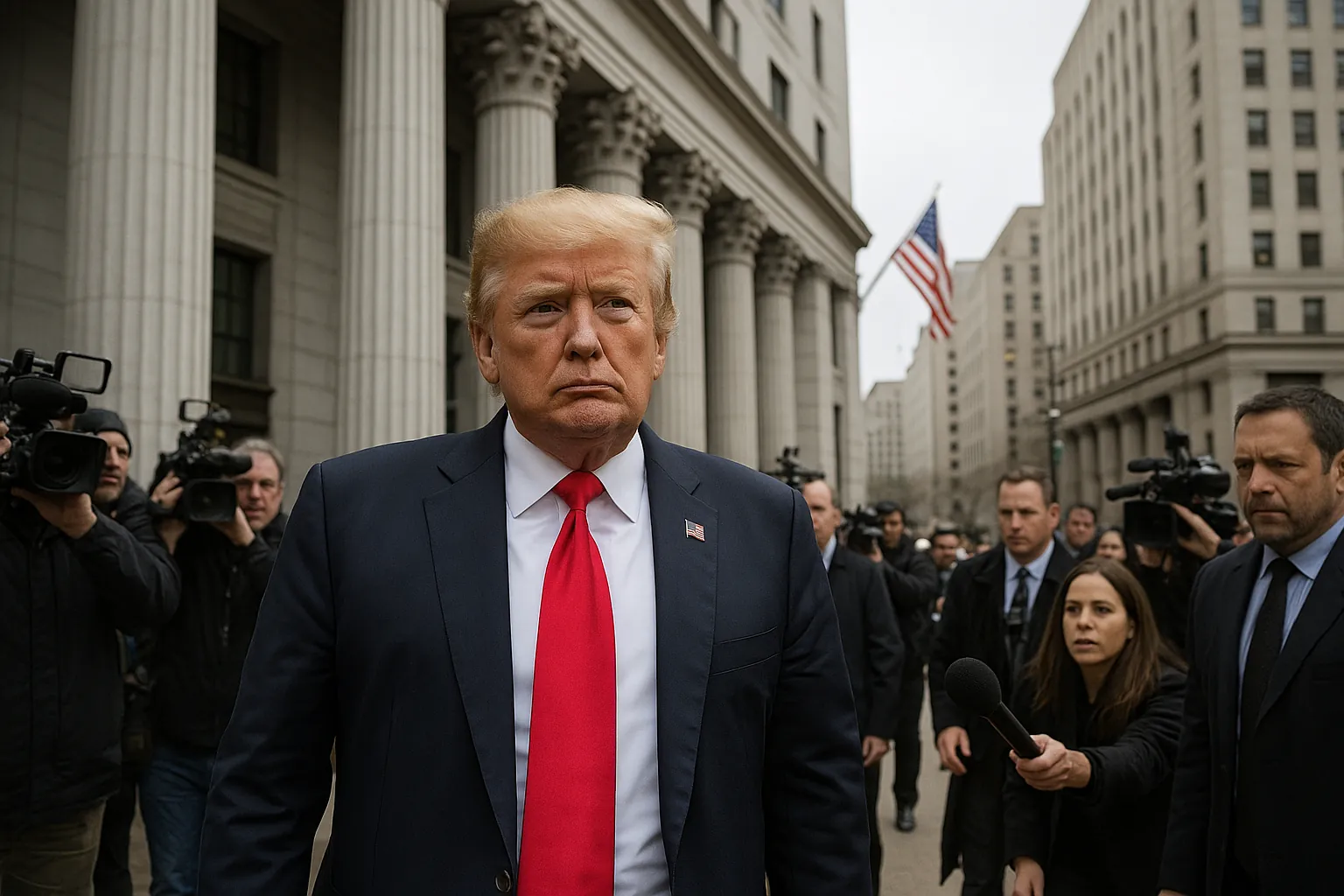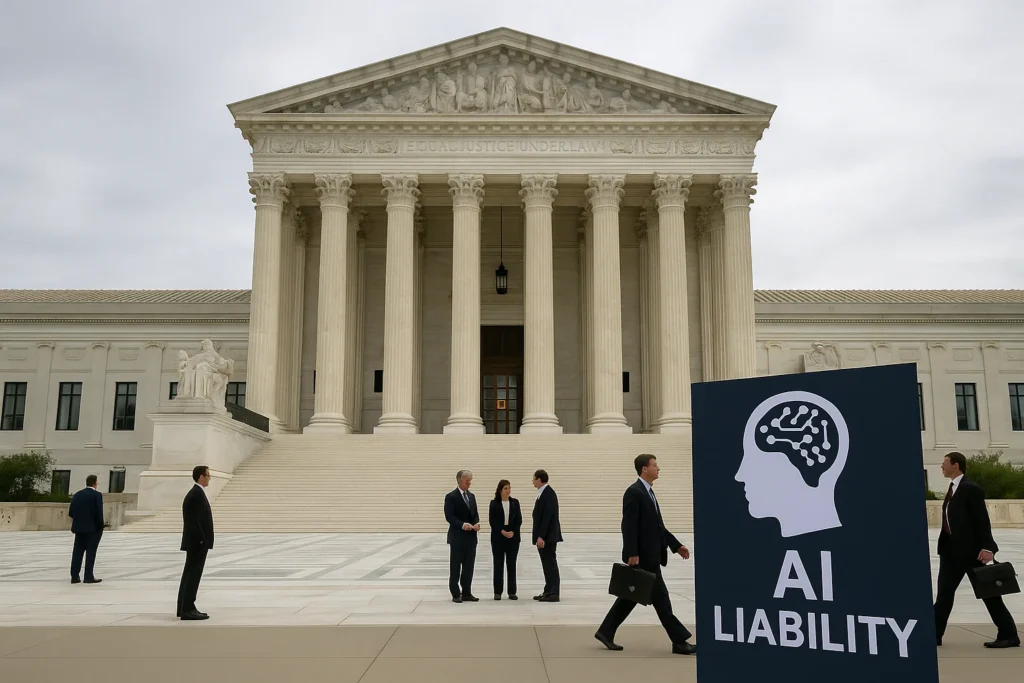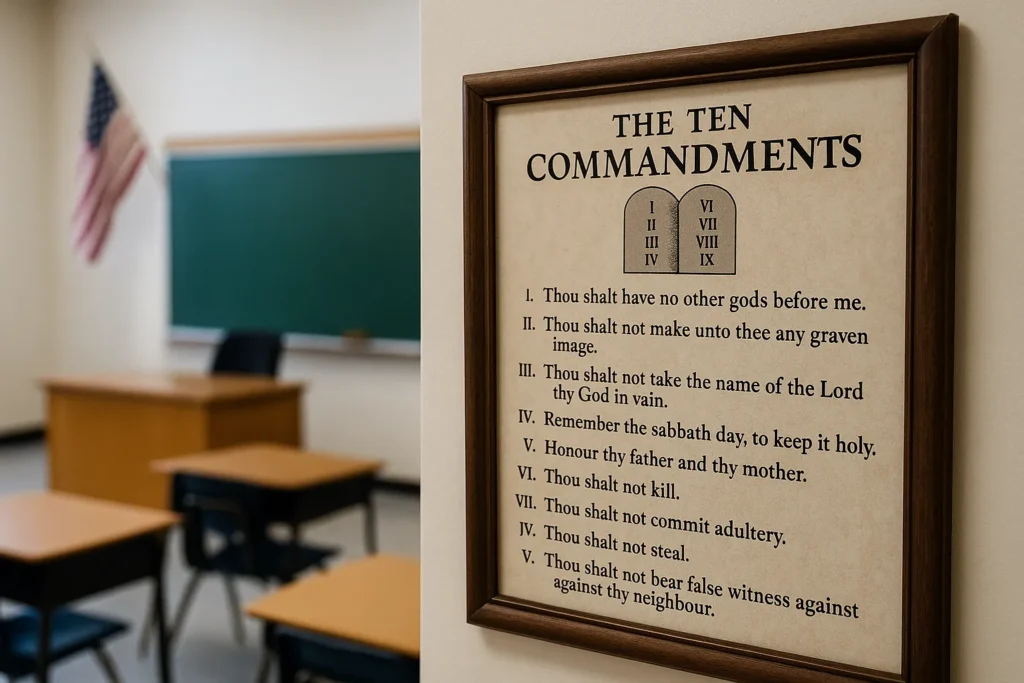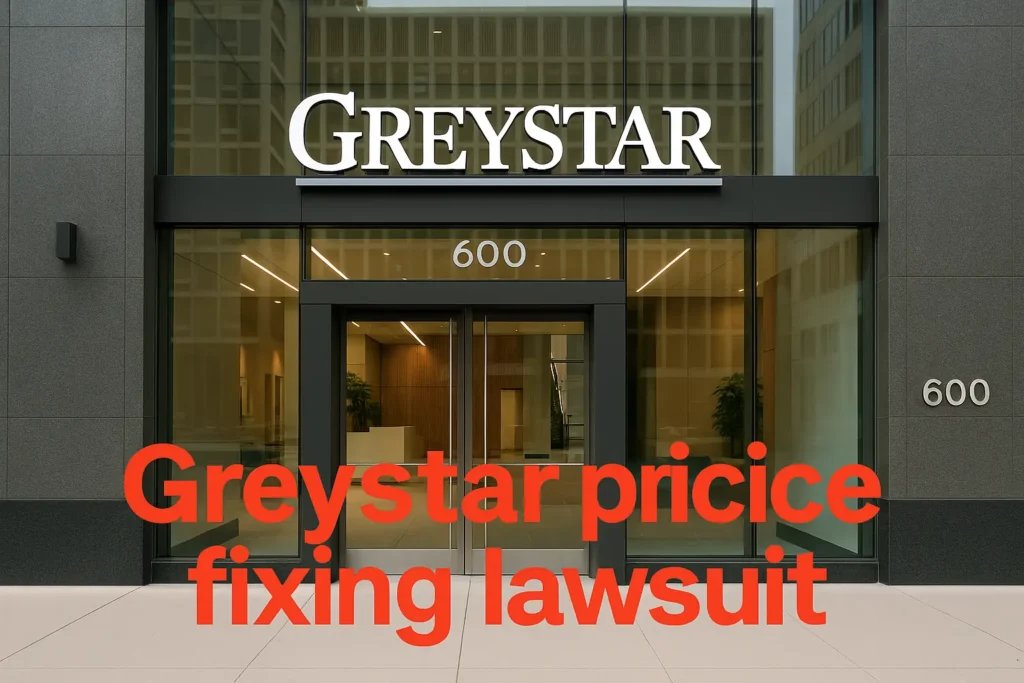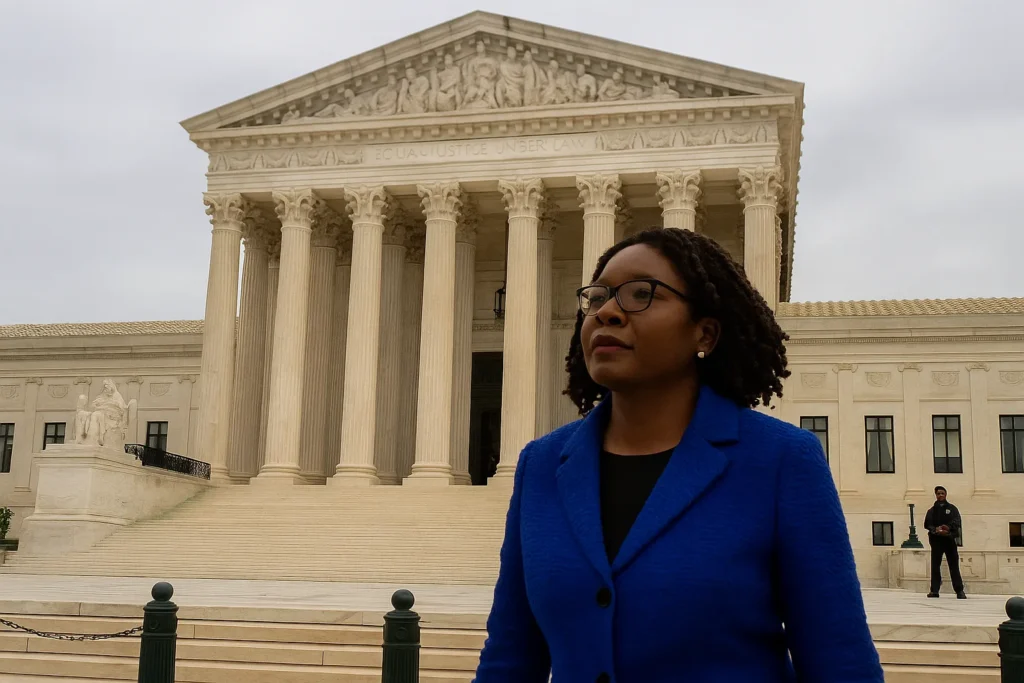The Trump lawsuit against The New York Times was doomed from the start. When a federal judge tossed out Donald Trump’s $15 billion defamation claim, it was more than a legal defeat — it was a public unmasking of lawfare masquerading as justice. The courtroom was used not to establish truth, but to stage a political drama. And this isn’t just about Trump; it’s about how the powerful are turning courts into weapons against the press.
Context: The mainstream narrative
Mainstream outlets report the dismissal as a predictable legal result rooted in a high burden for public figures. The complaint accused The New York Times of publishing coordinated falsehoods that damaged Trump’s reputation and his campaign. The judge’s written order emphasized that lawsuits are not platforms for public relations or broad political argument. The court granted leave to refile within 28 days with a condensed and properly focused complaint.
The background is crucial. United States defamation law requires public figures to show “actual malice”—that is, knowledge of falsity or reckless disregard for truth. That standard stems from New York Times Co. v. Sullivan, which protects vigorous public debate and imposes a high bar on claims against the press. Given that precedent, many legal observers expected difficulty for a blockbuster monetary claim.
Oppositional Argument: Why Trump lawsuit dismissed is not the end of the story
It is tempting to treat Trump lawsuit dismissed as a clean vindication of the press. That would be incomplete. Courts decide legal questions; they do not adjudicate public trust. Even as judges protect speech, newsrooms continue practices that blur reporting and advocacy. The result is a toxic mix: powerful figures weaponize litigation, and media outlets treat courtroom headlines as content. Dismissing a suit on form does not resolve whether outlets misstated facts or whether editorial agendas have hollowed out institutional credibility.
In short, the legal victory does not equal moral or journalistic cleansing. The dismissal answers a narrow question about pleading requirements, but it does not settle the broader dispute about media practices that drove the lawsuit in the first place.
Analytical Breakdown: Legal mechanics, strategy, and precedent
The legal mechanics at play
Defamation claims by public figures are governed by the “actual malice” test from Sullivan. That standard protects error-prone, passionate reporting lest fear of liability produce self-censorship. Practically, plaintiffs must show that defendants either knew a statement was false or acted with reckless disregard for truth. That is a steep hill to climb. The judge’s emphasis on procedural form reflects the court’s desire for concrete, statement-by-statement allegations. Broad political complaints rarely survive that scrutiny.
Litigation as a political instrument
Nevertheless, litigation serves political ends beyond verdicts. High-value suits generate headlines, rally bases, and shape narratives. Whether or not a claim survives, the act of filing creates immediate reputational effects. In this context, Trump lawsuit dismissed functions dually: it is a legal loss and a story that can be repurposed by political allies. Refiling a tightened complaint preserves the narrative while attempting to satisfy procedural rules. Reuters and other outlets note an emerging pattern of serial filings against multiple outlets.
Judicial pushback and institutional limits
Judge Merryday’s order did more than dismiss; it instructed the plaintiff to rewrite concisely and professionally. That remedy demonstrates judicial impatience with filings that double as press statements. Yet process fixes cannot alone restore public confidence. Courts can police courtroom procedure, but they cannot restore a newsroom’s eroded standards. Reform requires internal industry change and external accountability mechanisms beyond litigation.
Human Perspective: Impact on ordinary citizens
From the street view, the whole episode looks like theater. People see a former president suing a media giant for billions. They see tweets and punditry and polarized takes. For many, nuance vanishes. Supporters interpret the dismissal as proof of hostile elites; critics interpret the suit as frivolous grievance. Both sides feel vindicated. Meanwhile, ordinary readers face declining trust in both courts and the press. The core casualty here is not legal doctrine but civic faith. When institutions trade credibility for spectacle, citizens lose anchors.
Concrete example: a voter scrolling headlines may not parse legal subtleties. Instead, they infer that powerful actors protect one another. That perception is politically potent. It magnifies distrust and weakens incentives for either side to self-correct. The cycle deepens polarization and incentivizes more lawfare.
Counterarguments and rebuttals
Advocates for press freedom correctly warn that easing defamation standards would chill journalism. Investigative outlets must be free to report uncomfortable facts without facing crippling liability. That is the constitutional logic behind Sullivan. Still, defending that freedom should not become an excuse for lax verification. The stronger the press’s internal controls, the firmer its claim to constitutional protection and public trust. Thus, supporters of the First Amendment must also demand higher editorial discipline.
Insider detail: What the filings reveal behind the rhetoric
Court observers who read the complaint pointed to its unusual structure. Rather than specify discrete allegedly false statements, the filing included extended narrative sections, rhetorical flourishes, and political commentary. That drafting choice signals a hybrid strategy: combine legal pleadings with public messaging. It is a tactic that trades legal precision for rhetorical impact. Judges, predictably, rebuked that tactic. The procedural remedy—limit and refile—forces litigants to choose clarity or continued spectacle.
Practical consequences and what comes next
- Refiling is likely. The court permitted an amended complaint within a short deadline. Expect a shorter, tightly focused filing designed to meet pleading standards. Whether it can satisfy the substantive actual-malice requirement remains doubtful.
- Parallel suits will continue. Related actions against other outlets, including filings against the Wall Street Journal, suggest a serial approach intended to keep pressure on newsrooms and feed political narratives. Expect more headline-driven litigation.
- Newsrooms face pressure to reform. To reduce legal exposure and restore credibility, outlets must invest in verification, separate opinion from reporting more clearly, and resist the incentives for speed over accuracy. That requires resources and cultural change.
Conclusion: A judgment beyond the judge’s order
Trump lawsuit dismissed is a judicial line drawn against using federal courts as platforms for public grievance. The order protects established First Amendment principles. Yet the ruling is only a first step. Real reform must come from within journalism and from citizens who demand higher standards. Courts can police form; they cannot revive trust. If media organizations do not reform, litigation will remain a recurring tactic, and the public’s faith in institutions will erode further. That is the harsh verdict we must confront. The judge struck down the filing; only a renewed commitment to rigorous journalism can begin to repair the damage.
External Links
75 views
